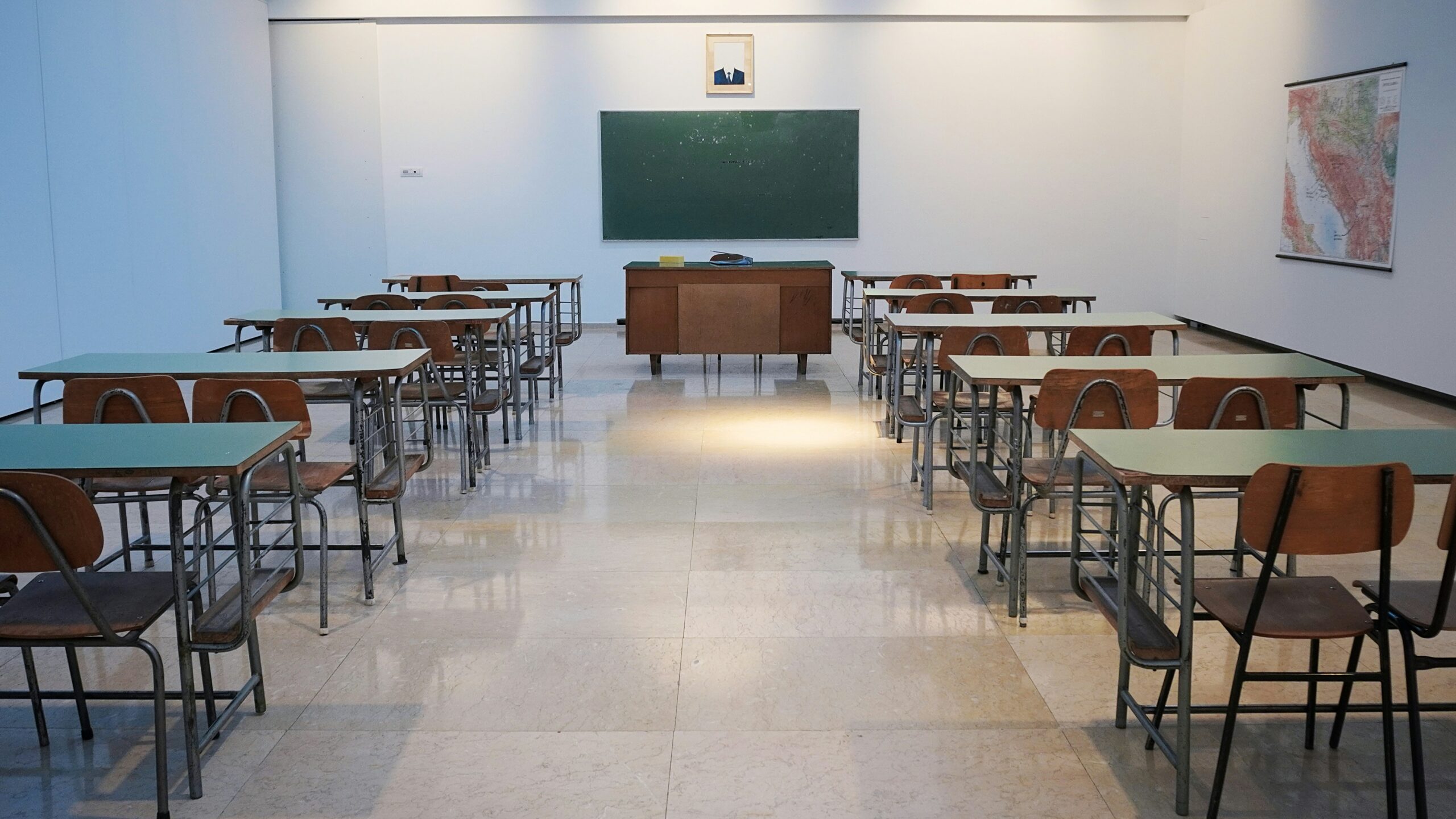
How to improve student engagement in virtual classrooms
The shift to virtual classrooms has fundamentally transformed the educational landscape. While this mode of learning offers flexibility and accessibility, it also presents unique challenges, particularly in maintaining student engagement. Engaging students in a virtual environment requires innovative strategies, thoughtful planning, and the effective use of technology. This article explores various methods to enhance student engagement in virtual classrooms, ensuring that online education remains effective and interactive.
Understanding the Challenges
Before delving into strategies for improving engagement, it is essential to understand the common challenges associated with virtual learning:
- Lack of Physical Presence: The absence of face-to-face interaction can make it difficult for teachers to gauge students’ understanding and engagement levels.
- Distractions at Home: Students learning from home may face numerous distractions, from household noises to the temptation of other digital devices.
- Technological Issues: Not all students have access to reliable internet connections or the necessary devices, leading to disparities in participation.
- Reduced Social Interaction: Virtual classrooms limit peer interactions, which can impact students’ motivation and sense of community.

Strategies to Improve Student Engagement
1. Interactive Content
Creating interactive content is crucial for keeping students engaged. Traditional lecture formats can be monotonous in a virtual setting. Instead, incorporate multimedia elements such as videos, animations, and interactive simulations. These elements can make learning more dynamic and visually stimulating.
- Use of Multimedia: Integrate videos and animations to explain complex concepts. Tools like Khan Academy and YouTube offer educational videos that can complement your lessons.
- Interactive Simulations: Platforms like PhET Interactive Simulations provide virtual labs and simulations for subjects like physics and chemistry, allowing students to experiment and learn through hands-on activities.
2. Active Learning Techniques
Active learning shifts the focus from passive listening to active participation. Encourage students to engage with the material through discussions, problem-solving activities, and collaborative projects.
- Discussion Boards: Utilize discussion boards or forums to encourage students to share their thoughts and engage in debates. Platforms like Piazza or Edmodo facilitate asynchronous discussions.
- Breakout Rooms: Use breakout rooms in video conferencing tools like Zoom or Microsoft Teams to facilitate small group discussions and collaborative work.
3. Gamification
Gamification involves incorporating game elements into the learning process to make it more engaging. This can include points, badges, leaderboards, and other rewards.
- Educational Games: Incorporate educational games related to the subject matter. Websites like Kahoot! and Quizizz allow teachers to create fun quizzes and competitions.
- Progress Tracking: Use gamified progress tracking to motivate students. Award badges or points for completing assignments, participating in discussions, or achieving high scores on quizzes.
4. Personalized Learning
Personalized learning tailors the educational experience to individual students’ needs, preferences, and learning styles. This approach can significantly enhance engagement by making the content more relevant and accessible.
- Adaptive Learning Platforms: Tools like Khan Academy and DreamBox adapt the difficulty level of tasks based on the student’s performance, ensuring they are neither bored nor overwhelmed.
- Personalized Feedback: Provide individualized feedback on assignments and participation. Personalized feedback can help students understand their strengths and areas for improvement.
5. Social and Emotional Learning (SEL)
Social and emotional learning focuses on developing students’ interpersonal skills, self-awareness, and emotional regulation. Incorporating SEL into virtual classrooms can create a supportive and engaging learning environment.
- Regular Check-ins: Schedule regular check-ins with students to discuss their progress, challenges, and well-being. This can be done through one-on-one video calls or personalized messages.
- SEL Activities: Integrate SEL activities such as mindfulness exercises, reflection journals, and team-building exercises into the curriculum.
6. Effective Use of Technology
Leveraging technology effectively can enhance student engagement. Familiarize yourself with various digital tools and platforms that can facilitate interactive and immersive learning experiences.
- Learning Management Systems (LMS): Use LMS platforms like Moodle, Canvas, or Google Classroom to organize course materials, assignments, and assessments. These platforms also offer communication tools to keep students connected.
- Virtual Reality (VR) and Augmented Reality (AR): Incorporate VR and AR technologies to create immersive learning experiences. For example, virtual field trips can transport students to historical sites or scientific environments, making learning more tangible and exciting.
7. Clear Communication and Expectations
Clear communication and well-defined expectations are crucial for maintaining engagement in virtual classrooms. Ensure that students understand the course structure, objectives, and requirements from the outset.
- Syllabus and Schedule: Provide a detailed syllabus and schedule outlining the course content, assignments, and deadlines. This helps students stay organized and aware of what is expected of them.
- Regular Announcements: Use announcements to keep students informed about upcoming assignments, changes in the schedule, and other important updates. Consistent communication helps build a sense of continuity and reliability.
8. Peer Interaction and Collaboration
Facilitating peer interaction and collaboration can help recreate the social aspects of traditional classrooms, enhancing student engagement and motivation.
- Group Projects: Assign group projects that require students to work together, communicate, and collaborate. Tools like Google Docs and Microsoft Teams facilitate real-time collaboration.
- Peer Feedback: Encourage students to provide feedback on each other’s work. Peer feedback can foster a sense of community and collective learning.
9. Varied Assessment Methods
Using a variety of assessment methods can cater to different learning styles and keep students engaged. Traditional exams may not always capture a student’s understanding and capabilities.
- Formative Assessments: Use formative assessments such as quizzes, polls, and short assignments to gauge understanding and provide immediate feedback. Tools like Socrative and Poll Everywhere can facilitate this.
- Project-Based Assessments: Incorporate project-based assessments that allow students to apply their knowledge in practical, real-world scenarios. These projects can be more engaging and meaningful than traditional tests.
10. Continuous Professional Development
Teachers should continuously seek professional development opportunities to learn new strategies and tools for engaging students in virtual classrooms. Staying updated with the latest trends and best practices can significantly enhance the learning experience.
- Online Courses and Webinars: Participate in online courses and webinars focused on virtual teaching strategies. Websites like Coursera, edX, and LinkedIn Learning offer relevant courses.
- Professional Learning Communities: Join professional learning communities (PLCs) where educators can share resources, experiences, and advice on effective virtual teaching practices.

Conclusion
Improving student engagement in virtual classrooms requires a multifaceted approach that combines interactive content, active learning techniques, gamification, personalized learning, social and emotional learning, effective use of technology, clear communication, peer interaction, varied assessment methods, and continuous professional development. By implementing these strategies, educators can create dynamic and engaging virtual learning environments that foster student participation, motivation, and success. The key is to remain adaptable, continuously seek feedback from students, and be willing to innovate and experiment with new approaches to keep the virtual classroom lively and interactive


You May Also Like

July 13, 2024

Best Online Learning Platforms for Elementary Students
July 13, 2024

3 Comments
hhkungfu
What’s Going down i am new to this, I stumbled upon this I’ve discovered It positively helpful
and it has aided me out loads. I am hoping to contribute &
aid other customers like its helped me. Great job.
hhkungfu
If you are going for most excellent contents
like I do, simply go to see this web page everyday for the reason that it gives feature contents,
thanks
Pingback: